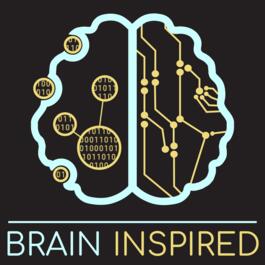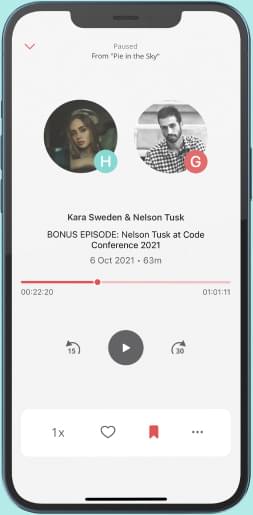
BI 201 Rajesh Rao: From Predictive Coding to Brain Co-Processors
Support the show to get full episodes, full archive, and join the Discord community. Today I'm in conversation with Rajesh Rao, a distinguished professor of computer science and engineering at the University of Washington, where he also co-directs the Center for Neurotechnology. Back in 1999, Raj and Dana Ballard published what became quite a famous paper, which proposed how predictive coding might be implemented in brains. What is predictive coding, you may be wondering? It's roughly the idea that your brain is constantly predicting incoming sensory signals, and it generates that prediction as a top-down signal that meets the bottom-up sensory signals. Then the brain computes a difference between the prediction and the actual sensory input, and that difference is sent back up to the "top" where the brain then updates its internal model to make better future predictions. So that was 25 years ago, and it was focused on how the brain handles sensory information. But Raj just recently published an update to the predictive coding framework, one that incorporates actions and perception, suggests how it might be implemented in the cortex - specifically which cortical layers do what - something he calls "Active predictive coding." So we discuss that new proposal, we also talk about his engineering work on brain-computer interface technologies, like BrainNet, which basically connects two brains together, and like neural co-processors, which use an artificial neural network as a prosthetic that can do things like enhance memories, optimize learning, and help restore brain function after strokes, for example. Finally, we discuss Raj's interest and work on deciphering an ancient Indian text, the mysterious Indus script. Raj's website. Twitter: @RajeshPNRao. Related papers A sensory–motor theory of the neocortex. Brain co-processors: using AI to restore and augment brain function. Towards neural co-processors for the brain: combining decoding and encoding in brain–computer interfaces. BrainNet: A Multi-Person Brain-to-Brain Interface for Direct Collaboration Between Brains. Read the transcript. 0:00 - Intro 7:40 - Predictive coding origins 16:14 - Early appreciation of recurrence 17:08 - Prediction as a general theory of the brain 18:38 - Rao and Ballard 1999 26:32 - Prediction as a general theory of the brain 33:24 - Perception vs action 33:28 - Active predictive coding 45:04 - Evolving to augment our brains 53:03 - BrainNet 57:12 - Neural co-processors 1:11:19 - Decoding the Indus Script 1:20:18 - Transformer models relation to active predictive codingSupport the show to get full episodes, full archive, and join the Discord community. Today I'm in conversation with Rajesh Rao, a distinguished professor of computer science and engineering at the University of Washington, where he also co-directs the Center for Neurotechnology. Back in 1999, Raj and Dana Ballard published what became quite a famous paper, which proposed how predictive coding might be implemented in brains. What is predictive coding, you may be wondering? It's roughly the idea that your brain is constantly predicting incoming sensory signals, and it generates that prediction as a top-down signal that meets the bottom-up sensory signals. Then the brain computes a difference between the prediction and the actual sensory input, and that difference is sent back up to the "top" where the brain then updates its internal model to make better future predictions. So that was 25 years ago, and it was focused on how the brain handles sensory information. But Raj ju
From "Brain Inspired"


Comments
Add comment Feedback